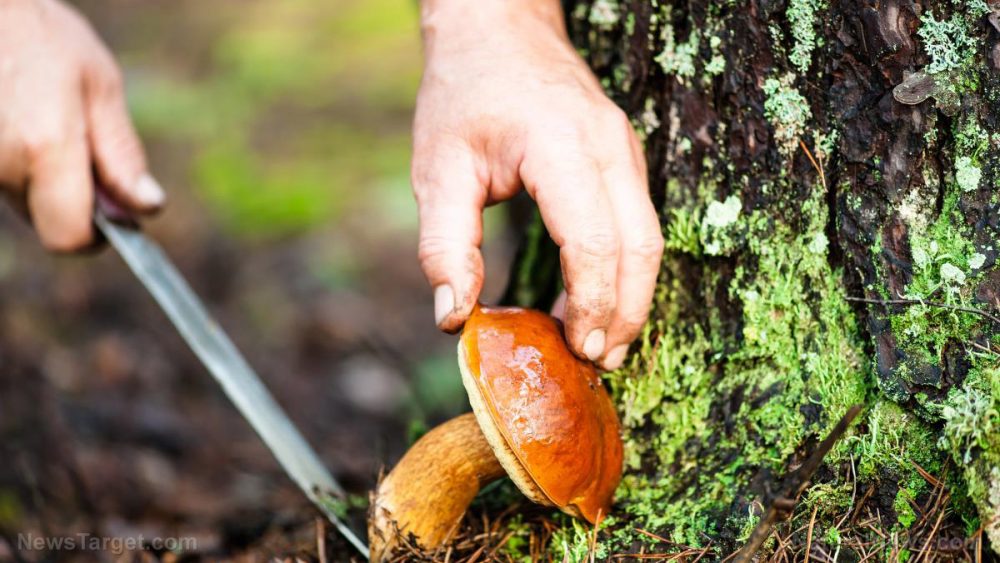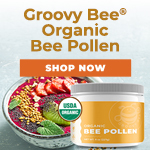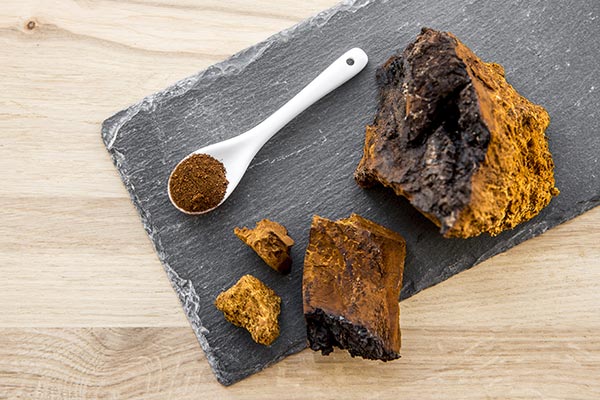
Mushrooms – depending on which ones you pick, they can either be the boon or the bane of any outdoorsman. Just as there are multiple edible and nutrient-filled varieties of mushroom, there are also just as many that can kill you with a bite. Fortunately, telling the difference between a mushroom that will be your next meal or your last one is relatively easy. Here’s what you need to keep in mind the next time you go off harvesting mushrooms for food. (h/t to BioPrepper.com)
- Know your poisonous mushrooms first: Similar to how many poisonous or venomous animals have physical characteristics that designate them as such, most dangerous mushrooms do too. Is the mushroom you spotted red in color? Does it look like an open umbrella? Or does the cap look like a wrinkly, brown brain? Are there white, milky gills that produce liquid when you touch them? A mushroom with any of these qualities isn’t suitable for human consumption and should be avoided at all costs.
- When in doubt, stick to the safest bets: Beginner foragers should look for the mushrooms that have been tried and tested by other foragers before them. These are:
- Chanterelles: These are relatively easy to see thanks to their distinct yellow or orange color, trumpet-like shapes, and wavy, irregular-edged caps. One unfortunate thing about chanterelles is that they look similar to the poisonous jack-o’-lantern mushroom. Thankfully, it’s easy to tell the two apart. Chanterelles have blunt, attached, forked gill, while jack-o’-lantern mushrooms have sharp, free, parallel gills. To be doubly sure that you have chanterelles, peel open the stem. Chanterelles have pale stem interiors, while jack-o’-lantern mushrooms are orange on the inside.
- Maitake mushrooms: More commonly known as hen of the woods, maitake mushrooms are often called this due to their overlapping, fan-shaped caps making them look like a chicken ruffling its feathers. In contrast to several other mushrooms, maitake mushrooms can be found at the base of living trees where they can grow to about 100 pounds if left untouched. If you’re on the hunt for these fungi, note that they like dampness and are at their peak during the fall months.
- Oyster mushrooms: Physically identical to their namesake, oyster mushrooms are distinguished by their white or ivory gills, softness, tendency to grow on dead or dying trees in clusters, and their preference for the warmer months. Young oyster mushrooms, basically the ones you should be looking for, have been described as having an almond-like smell, so keep this in mind too.
- Puffball mushrooms: Large, white-skinned, and globe-like, puffballs are one of the safest forest mushrooms you can find. They usually grow on decaying trees and soil, and most often thrive in late summer and fall. Some puffballs can be as small as an inch, but many of these are often inedible. A good rule of thumb is to choose puffballs that are no smaller than six inches across. To confirm the safeness of a puffball, cut it open and see if the inside is a pure, featureless white. This means it’s edible. If it’s darker in color or has odd shapes, throw it away.
On top of serving as a food source, did you know that mushrooms can be used to start fires too? For this, you’ll want to look for polypore mushrooms. These types of mushrooms grow on rotting wood, look like shelves, and have tubes or pores under their caps instead of gills. There are various ways of starting fires with polypore mushrooms (which include boiling them in urine to make them easier to ignite), so definitely look for them if you find yourself without tinder.
Visit OffGrid.News for even more tips or stories about surviving off the land.
Sources include:




























